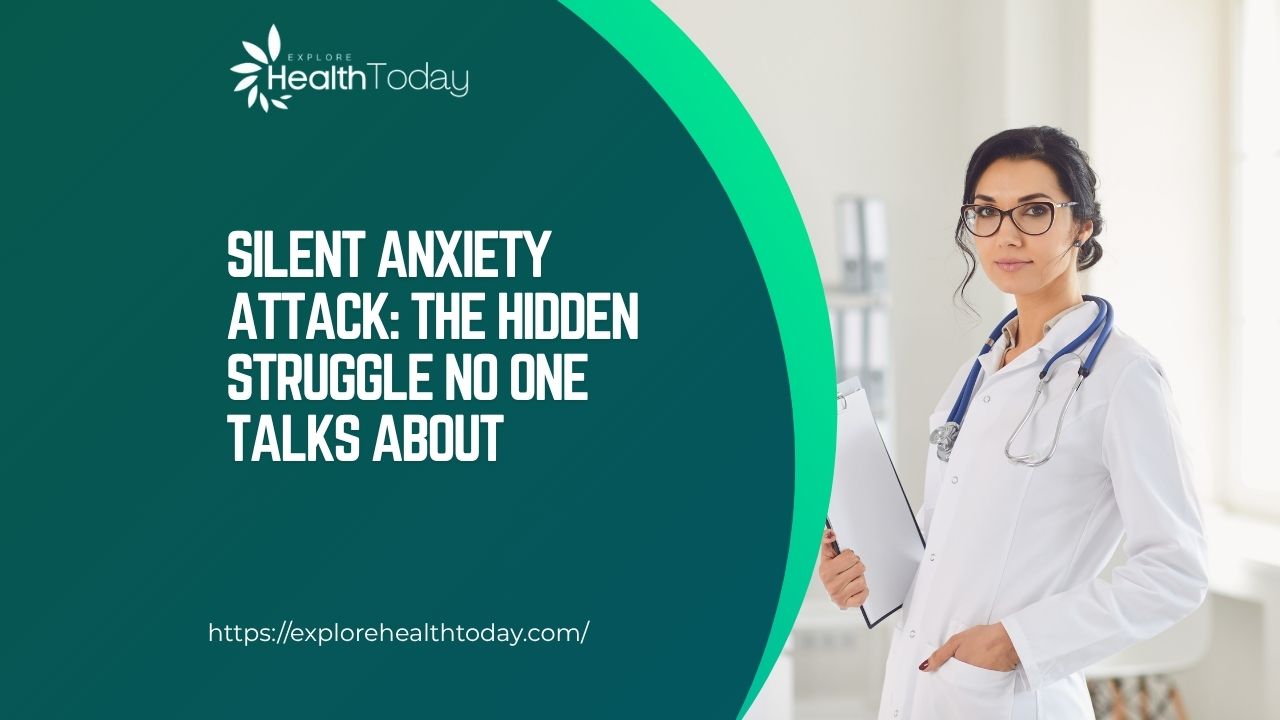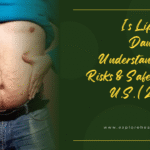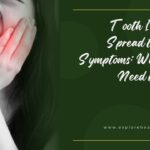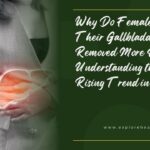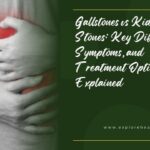Introduction: Not All Anxiety Screams—Some of It Hides
When you think of an anxiety attack, you might picture someone hyperventilating, shaking, or visibly overwhelmed. But not all anxiety looks like that. In fact, some of the most intense episodes happen with no outward signs at all. This phenomenon is known as a silent anxiety attack, and it’s more common than most people realize.
Many people experiencing silent anxiety attacks look calm on the outside—but inside, their minds are racing, their hearts pounding, and their bodies are locked in fight-or-flight mode. In this post, we’ll break down what a silent anxiety attack is, how to recognize it, and the steps you can take to manage it—especially for those in the U.S. navigating increased mental health challenges in 2024–2025.
What Is a Silent Anxiety Attack?
A silent anxiety attack is an episode of intense anxiety that may not show obvious physical symptoms. Unlike typical panic attacks, which might include hyperventilation or crying, silent anxiety attacks are more internalized.
Why Are They Called “Silent”?
Because they’re invisible to others. You may look completely normal but feel:
- Chest tightness
- Rapid heartbeat
- Sense of doom
- Internal trembling
- Nausea or dizziness
- Mental fog or dissociation
These symptoms can be just as distressing as visible panic attacks—and in some cases, even harder to cope with, because they go unnoticed and unsupported.
Common Symptoms of a Silent Anxiety Attack
While symptoms vary by person, many silent anxiety attacks share similar patterns. If you’re wondering whether you’ve had one, here are some signs to watch for:
- Racing thoughts that you can’t slow down
- Sense of dread or impending doom with no clear reason
- Trouble concentrating or feeling mentally “blank”
- Tightness in the chest or rapid heartbeat
- Nausea, lightheadedness, or digestive issues
- Feeling detached from your surroundings (derealization)
- Muscle tension without noticeable shaking
- Exhaustion after the episode ends
Because silent anxiety attacks can mimic other conditions (like heart issues), they’re often misdiagnosed or overlooked, even by professionals.
Who’s Most Likely to Experience Silent Anxiety Attacks?
Anyone can experience this type of anxiety, but certain groups may be more prone to it:
- High-functioning professionals who internalize stress
- Teens and young adults navigating social pressure
- People with generalized anxiety disorder (GAD) or social anxiety
- Individuals taught to “keep it together” or suppress emotions
- Those with a history of trauma or PTSD
In 2024, the CDC reported that 31% of U.S. adults experience symptoms of anxiety or depression regularly, a number that’s expected to remain elevated due to ongoing global and economic stressors.
What Causes a Silent Anxiety Attack?
Silent anxiety attacks often have no clear external trigger, which can make them more confusing. However, some common contributing factors include:
- Chronic stress (work, finances, relationships)
- Caffeine or stimulant overuse
- Sleep deprivation
- Social situations (even when they seem harmless)
- Unresolved trauma
- Hormonal shifts or medical conditions
Mental health experts at NIMH.gov emphasize that even minor stressors can trigger anxiety attacks in sensitive individuals—especially when their body’s nervous system is already on high alert.
How to Tell If You’re Having a Silent Anxiety Attack
Unlike visible panic attacks, these can fly under your radar unless you’re tuned in to your body. Here are a few self-check strategies:
Ask Yourself:
- Am I feeling overwhelmed even if I look calm?
- Is my heart racing without physical exertion?
- Do I feel mentally “off” or disconnected from the moment?
- Am I experiencing nausea, tension, or dizziness for no clear reason?
- Did this start after a stressful conversation or environment change?
If the answer is yes to several of these, you may be experiencing a silent anxiety attack.
How to Stop a Silent Anxiety Attack
Managing a silent anxiety attack starts with recognizing it. Here are practical steps you can take to bring your body and mind back into balance:
1. Grounding Techniques
Ground yourself in the present moment by:
- Naming 5 things you can see, 4 you can touch, 3 you can hear, 2 you can smell, 1 you can taste
- Placing your feet firmly on the floor and breathing slowly
- Holding a cold object (ice cube or cool metal) to redirect focus
2. Deep Breathing
Slow, diaphragmatic breathing helps reduce the “fight-or-flight” response:
- Inhale through your nose for 4 counts
- Hold for 4 counts
- Exhale slowly through your mouth for 6–8 counts
- Repeat for several minutes
3. Name the Anxiety
Sometimes, simply acknowledging the feeling—“This is anxiety, not danger”—can prevent the spiral.
4. Create a Safe Environment
Step outside, turn off bright lights, lower volume, or go to a quiet room if possible.
5. Use Visualization
Picture a safe, calming place—like a beach or forest—and “walk” through it mentally for a few minutes.
When to Seek Help
If silent anxiety attacks are frequent or debilitating, it’s time to talk to a mental health professional. Treatments may include:
- Cognitive Behavioral Therapy (CBT)
- Mindfulness-Based Stress Reduction (MBSR)
- Medication (SSRIs, SNRIs, or short-term anxiolytics)
- Lifestyle changes: cutting caffeine, improving sleep, and adding exercise
You can start by talking to your primary care provider, or finding a licensed therapist through directories like APA.org or MentalHealth.gov.
Silent Anxiety and the U.S. Mental Health Landscape (2024–2025)
The conversation around invisible mental health struggles is finally gaining traction in the United States. Teletherapy platforms like BetterHelp and Talkspace are helping increase access, especially in rural areas where therapists may be limited.
The U.S. Surgeon General’s advisory on youth mental health (2024) also highlighted how undetected anxiety—especially silent forms—can impact academic, social, and physical health in adolescents.
Additionally, legislation in several states now requires mental health education in public schools, potentially helping younger generations recognize symptoms early.
Silent Anxiety at Work or School
One of the most difficult aspects of a silent anxiety attack is functioning through it—especially in public or professional settings. If you’re experiencing symptoms:
- Step away for a few minutes if possible
- Keep a grounding object (stress ball, cold water bottle) nearby
- Use noise-canceling headphones to block out stimulation
- Let a trusted coworker, supervisor, or friend know discreetly
Under the Americans with Disabilities Act (ADA), you may be entitled to workplace accommodations for anxiety, including flexible scheduling or remote work options. Learn more at ADA.gov.
Conclusion: Silent Doesn’t Mean Small
A silent anxiety attack may be invisible to others, but the impact on your body and mind is real. Whether you’ve had one or suspect you might be experiencing them regularly, remember: you’re not overreacting, and you’re not alone.
Understanding your symptoms, having the right tools, and seeking support can make all the difference. Mental health is health—and every step you take to support it matters.
If you think you’re experiencing silent anxiety attacks, don’t wait to seek support. Talk to your healthcare provider or connect with a licensed mental health professional today. Your anxiety may be silent—but you don’t have to be.
About ExploreHealthToday.com
ExploreHealthToday.com was created to be a one-stop resource where readers can find up-to-date, well-researched articles on a variety of health topics. From nutrition and wellness to lifestyle and mental health, we strive to provide reliable information to help you make informed decisions about your well-being.
We believe that good health starts with good information, and our mission is to empower our readers with knowledge they can trust.
Visit us at ExploreHealthToday.com to learn more.

